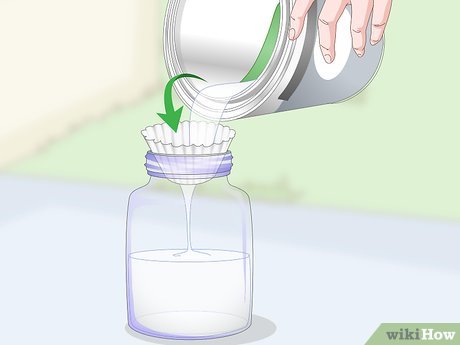3 Ways to Use a Urinary Catheter for a Female

Introduction
Urinary catheters are essential medical tools used for various purposes, especially in patients who experience difficulty with urinary retention or incontinence. For females, using a urinary catheter safely and effectively can be more challenging due to anatomical differences compared to males. In this article, we will discuss three ways of using a urinary catheter for women, including suggestions for minimizing discomfort and preventing infection.
1. Straight Catheterization (Intermittent Catheterization)
Straight, or intermittent, catheterization is the most common method of using a urinary catheter in females. This approach involves inserting and removing a single-use sterile catheter just long enough to drain the bladder and is typically performed several times per day.
Here is how to perform straight catheterization on a female:
– Wash your hands thoroughly with soap and water.
– Assemble required materials: a single-use sterile catheter, lubricant, sterile gloves, and cleansing wipes.
– Find a comfortable position lying down or sitting on the toilet with thighs spread wide apart.
– Clean the urethral opening with a cleansing wipe or cotton ball soaked in disinfectant solution.
– Put on sterile gloves and apply lubricant to the tip of the catheter.
– Gently insert the catheter tip into the urethra until urine begins to flow.
– Once urine stops flowing, remove the catheter slowly.
2. Indwelling Catheters (Foley Catheters)
An indwelling urinary catheter, often referred to as a Foley catheter, is designed for longer-term use in patients who cannot self-catheterize or who require constant bladder drainage. The catheter has two channels; one for draining urine, and another for inflating a small balloon that holds the device in place within the bladder. Here’s how a healthcare professional might insert an indwelling catheter in a female patient:
– Follow the initial steps outlined in the intermittent catheterization procedure (cleaning, positioning, etc.).
– Pass the catheter through the urethra and into the bladder.
– Inflate the small balloon at the end of the catheter with sterile water to hold it in place within the bladder.
– Attach a drainage bag to the other end of the catheter for continuous urine collection.
3. Suprapubic Catheters
A suprapubic catheter is another long-term option that involves bypassing the urethra altogether. Instead, a healthcare professional creates an opening in the lower abdomen and inserts a catheter directly into the bladder through this opening. An inflatable balloon similar to Foley catheters anchors the device in place. Careful cleaning of the insertion site and regular maintenance are essential to prevent infection and complications.
Conclusion
Urinary catheters play an important role in managing urinary issues and promoting comfort and mobility for female patients. Understanding these three methods of using a urinary catheter can help ensure safe and efficient use while minimizing risks associated with prolonged or improper use. Always consult your healthcare provider for personalized advice about your specific situation, as certain medical conditions or individual factors might affect how you should use a urinary catheter.






